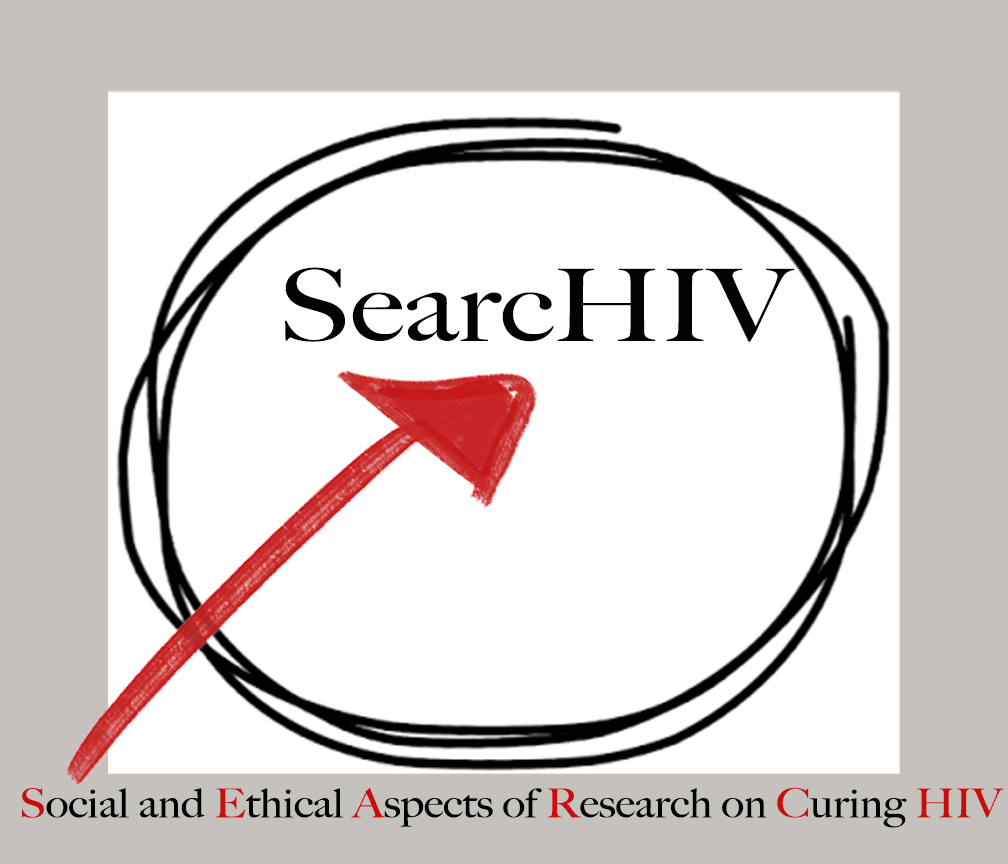by Dr Malcolm de Roubaix
 The beautiful coastal city of Durban in KwaZulu-Natal (KZN) hosted the 7th South African AIDS Conference from 9th to 12th June. Apart from its other attractions, Durban was a fitting host to accommodate the overall theme of the conference: Reflect, Refocus, Renew. The province of KZN is an HIV/AIDS “hotspot”, with an ante-natal tested prevalence of 37.4% (in 2011, down from 40.7% in 2004), and an average incidence of 15.8% in children >2 years old in 2008; in both instances, the highest of all South African provinces.
The beautiful coastal city of Durban in KwaZulu-Natal (KZN) hosted the 7th South African AIDS Conference from 9th to 12th June. Apart from its other attractions, Durban was a fitting host to accommodate the overall theme of the conference: Reflect, Refocus, Renew. The province of KZN is an HIV/AIDS “hotspot”, with an ante-natal tested prevalence of 37.4% (in 2011, down from 40.7% in 2004), and an average incidence of 15.8% in children >2 years old in 2008; in both instances, the highest of all South African provinces.
There was much to reflect on. On the minus side, the lost decade of official denial and refusal to treat, even when evidence was irrefutable, fuelled the epidemic in South Africa. In some areas, particularly in the Free State Province, stockouts and poor general and infrastructure management (like no running water at rural clinics) seriously undermine efficacy in treatment programmes leading to what we teach patients to avoid: treatment interruption. Young women remain a highly vulnerable and disenfranchised group, with 300 new infections daily in SA. In Africa, seven out of ten new infections in the 15-24 year age group are in women.
But there was good news too. Almost eight million South Africans have been tested, 3.4million are on ARVs and more than two million viral load tests have been done. PMTCT – prevention of mother to child transmissition – has been a remarkable success and the general prevention message is hitting home. AIDS-related deaths in South Africa have decreased by 48% between 2005 and 2013 and the average South African life expectancy has increased by eight years. The National Department of Health (DOH) allocates one-third of its total budget to HIV/AIDS (this constitutes 75% of South African HIV/AIDS expenditure), and aims to increase this to match the general health expenditure. Note that 25% of the macro HIV/AIDS budget remains funded by donor countries, predominantly the USA.
Non-governmental organisations (NGOs) form an important link in informing and empowering young people through innovative programmes, and many were in attendance. For example, Grassroots Soccer reaches out through the medium of a sport loved by young Africans, and uses soccer (football) metaphors in their programmes (like the risk of “scoring an own goal” if you have sex without a condom). Their programmes are designed for teenagers/adolescent, younger children and adults, both male and female. They have touched the lives of more than 700,000 young people in Zimbabwe, Zambia and South Africa. NGOs are also vociferous critics where government policy fails.
True to the refocus/renewal idiom, I had expected some focus and at least one session on cure/cure research. Sadly, I heard the word “cure” spoken once only – at an ethics session when a panel reflected on a case where an REC (IRB) turned down a cure-vaccine submission. The sessions reflected inadequate levels of information in the general HIV community (excluding those who may be involved in cure research) about cure, and on the importance of our task: to create an awareness of (forthcoming) cure research and to sensitize communities to the unique ethical and social implications this is bound to have. To this end, our “I have a dream” video was part of a continuous loop screened at the CAPRISA (Centre for the Aids Programme of Research in South Africa) stand, where it was well received and commended. For more information about the “I have a dream” video, see the earlier post on this blog.

